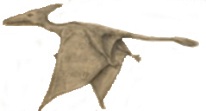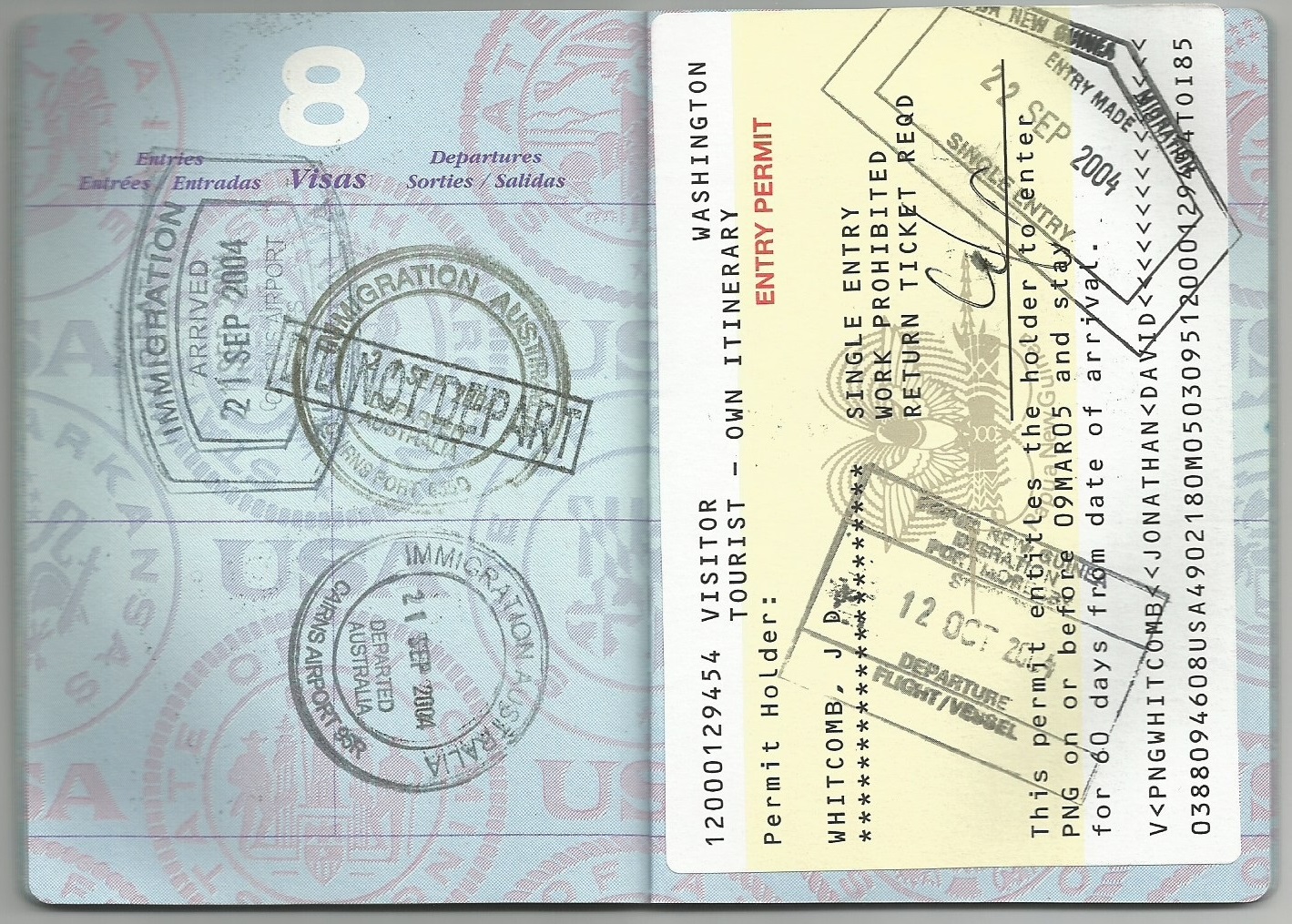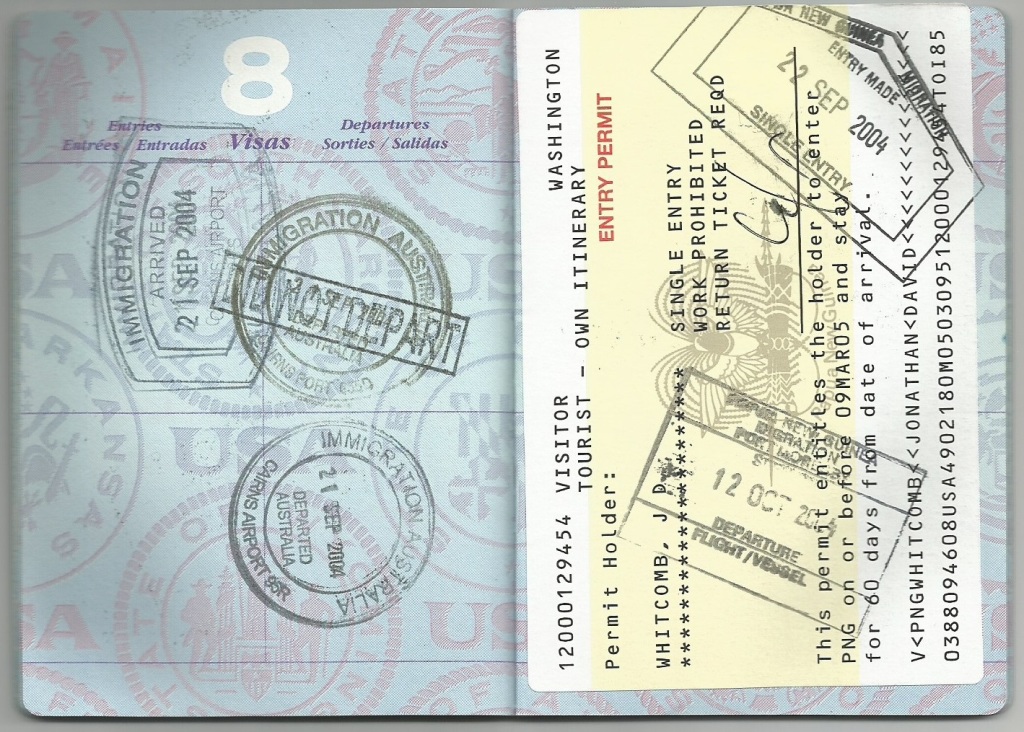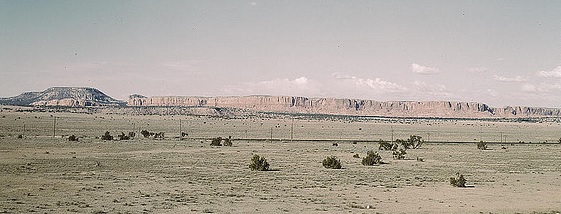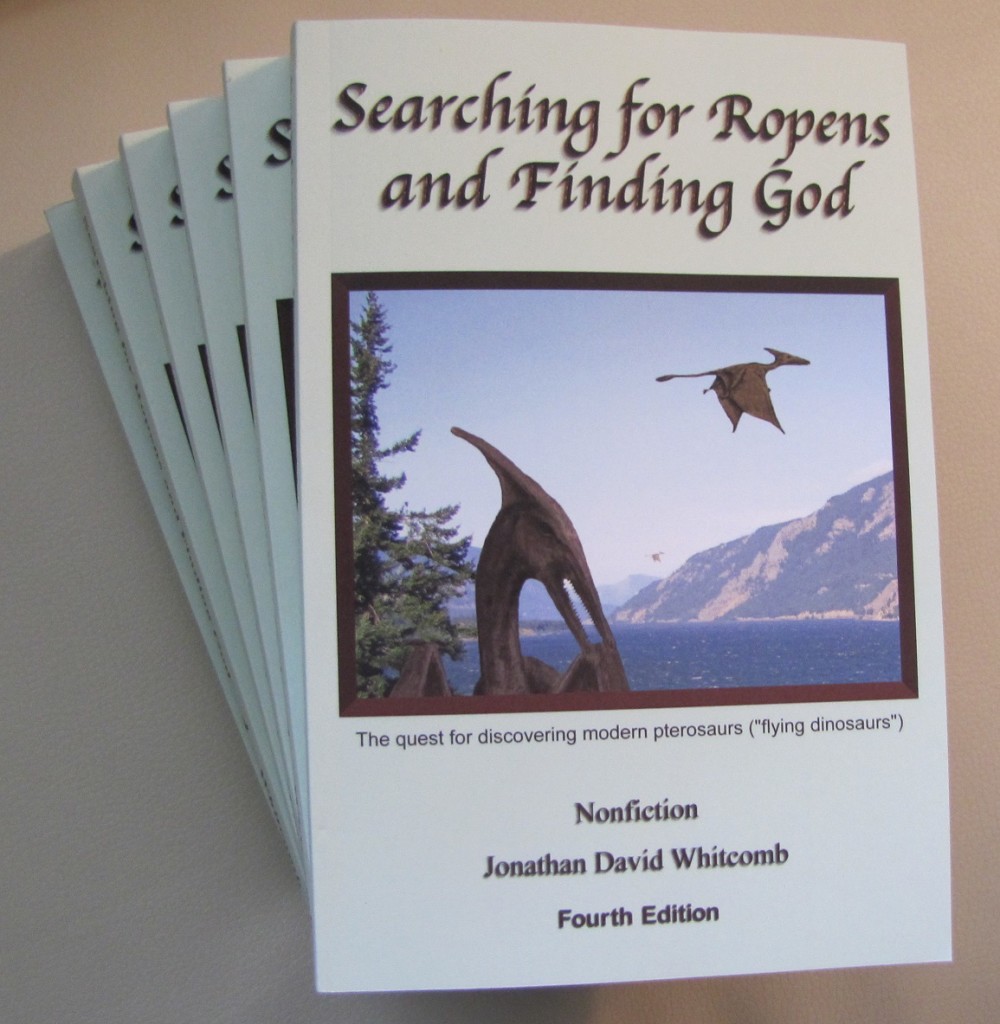I’m only about half through reading the nonfiction book Missing 411 Western United States & Canada, by David Paulides, as I compile information that might tie some of the cases to a large flying predator. I still need to finish this book and then analyze the data from these many reports of persons who go missing in the USA and Canada; but from what I have seen so far, I see what is probably responsible for some disappearances.
Strange Missing Persons Cases in North America
These weird disappearances are not confined to Yosemite, nor even to the United States. Several factors do seem to tie together cases that are separated by long distances and sometimes separated by decades. To understand what may be happening in Yosemite National Park, we need to see in a broader sense. Look to Canada and to Mexico.
People see large flying creatures in North America, featherless animals that appear more like “pterodactyls” than like any bird or bat known to science. A small portion of these reports at least suggest that a few of these creatures will sometimes attack a human. Much of the evidence may be circumstantial, but it appears that attacks take place in Northern Mexico and in northern British Columbia, Canada. Why should the territories between those countries be any different? Why should Americans in wilderness areas be immune?
The Sherlock Holmes Approach
When the impossible has been eliminated, whatever is left is the answer. I’m paraphrasing Sherlock Holmes, but here’s the point: What is left? Consider the following:
Many persons go missing in or near national parks in the United States. David Paulides has researched many cases and is convinced many more of them exist. What do most of these appear to have in common? People disappear in or near a wilderness.
From I can tell so far, from reading his book, most persons in these cases are never found, alive or dead. When a person or a body is found, it is often miles away and where that person or body should not have been found. It’s often at a much higher elevation, even on or near a mountain peak or ridge or it’s a body at the base of a cliff.
What bear, Grizzly or Black, would catch a human and then drag him or her up a cliff or steep mountainside? Winter cases eliminate bears right away, for they hibernate; but even in summer a bear would not try to drag a person miles away, up to a higher elevation, even thousands of feet higher and then remove clothing before eating. There’s more against a bear interpretation, but that will do for now: Those animals are not responsible for these weird cases of missing persons.
What mountain lion would drag a man or woman up into the mountains for miles, even to thousands of feet higher than the catching location? And why would a mountain lion remove one or both shoes and possibly some other clothing and then leave the human’s body uneaten high up on a mountain? Any cougar foolish enough to attack a human would not take that person, dead or alive, far away just for stealing clothing. There is no such cougar.
What about a animalistic human predator? Could not a sexual predator remove a victim’s clothing? That could happen, but many of these disappearances cannot reasonably be applied to human criminal activity. Sexual predators do not usually subdue a human victim for the purpose of dragging that person for miles over mountainous terrain, to elevations of up to 3,000 feet or more than where the victim was captured. And why exert such a super-human effort when a snow storm is beginning to make such a long wilderness journey almost impossible, even without a victim to drag along? And consider this: How would a human predator pull an adult man up a sheer cliff many hundreds of feet high? If Superman had fallen into the depravity of kidnapping people to carry them up into wilderness areas, for decades, to steal one or two shoes or sometimes other clothing, he would have found it too tiring to continue that perverse activity for many decades. No. Human criminals have not been involved in many of these cases.
What about a Bigfoot? I suggest that such a large mammal would have a larger brain than that of an amoeba. Even an earthworm can use good judgment in deciding whether or not to ascend. Why would a Bigfoot choose a time right before the coming of a storm to kidnap a human and then carry that person far up into the mountains, to a much higher elevation, sometimes as a snow storm is beginning? Those weather conditions are common with many of these strange missing persons cases, but that can appear baffling to investigators and search-and-rescue people.
Pterosaur Attack Possibilities
If ropens or some other unclassified flying creatures have been responsible for many of these attacks, what about the weather? Think of it this way: When would a very hungry ropen be most likely to attack a human? Maybe right before a cold storm, for starvation may result without some kind of food. If such a flying creature had some sense of a coming storm (the lowering air pressure perhaps), its fear of humans could be overcome by hunger. That would explain why so many persons go missing right before a storm.
Why is a variety of clothing missing from living persons and bodies that have been found? Sometimes the clothing is found far from where the person or body is found. A large flying creature that tries to carry away an adult or child—that animal will often grab hold of clothing, eventually allowing the person to fall out of that clothing. If a ropen had the best hold on one or both shoes, that would remain in the creature’s grip. If the pants were what the animal best held onto, they might turn inside out as the human fell out of the trousers. That is why pants are sometimes found inside out.
Sometimes the creature might return to where it had been flying and find the body of the human on the ground but sometimes not. One of these cases we can now consider:
Kenny Miller, north of Yosemite
I hope that knowledge of this case may help save at least one human life in the future.
Although the disappearance of this child was 22 years ago, I offer my condolences to the family. Such a tragedy is hard to live with, and the mysterious nature of the twelve-year-old’s death does not make it easier. I have only some of the information on what happened, so I admit that other details may suggest some explanation other than what I here offer; but this is the best that I can do for now in providing one possible answer.
What happened to Kenny? Why was his body found far above where he had disappeared? No bear or mountain lion would drag the boy so far and leave him intact, high up on a mountain ridge, at an elevation 1400 feet higher. And why did so few of his clothes remain, just a T-shirt and cotton shorts according to the author David Paulides? If none of the additional facts disagree, the following explanation appears to me mostly likely:
One large ropen, or other unclassified flying creature, carried away the boy. The animal was trying to reach its cave or hiding location but the child kept falling out of the clothing and shoes. Eventually the creature lost track of where the boy had fallen or it assumed that he had fallen off the mountain. The falls may have been at just a short height above ground with limited, if any, injury to the boy. Why? The creature would have little reason to fly far above the ground with a heavy load, for that would require more energy. It eventually was able to reach a higher elevation but still without any need to ever be far above the ground. That would explain the cause of death that was given in the book: exposure.
I hope that this particular ropen then became discouraged from ever again attacking people in this area of California, but other creatures may have continued similar attacks. We need eyewitnesses to come forward and report any attack by a large flying creature, whether the attack was carried through or was aborted before the person was grabbed.
###
Pterodactyl Attacks and Human Deaths
I hope that no pterosaur was responsible for any of the human deaths in British Columbia, Canada, along the 500-mile stretch of highway from Prince George to Prince Rupert . . . we now face a present danger, a warning from Gerald McIsaac, author of Bird From Hell, who believes that “most of the hitchhikers [on this highway at night] who disappear have been killed by this animal. It is also my opinion that many of the people who have disappeared have not been reported.”
Missing Persons in Western USA
Those who know about eyewitness reports of ropens need little persuasion to be careful in open areas of wilderness. The automobiles of both Mayo and Tolhurst were found at or near the Donnell Vista, an open area overlooking a lake. Especially do not allow children to ever be alone in such an open area above a body of water. In addition, adults should be aware of anything that might be flying overhead.
Attacks From a Ropen in New Mexico?
A speculation can fail, under scrutiny, but when human lives are in danger we need action. I’ve recently been reading the nonfiction Missing 411 – Western United States & Canada, by the former lawman David Paulides. On page 200, the author points out that all six of those missing persons listed in New Mexico disappeared in the Santa Fe National Forest.
Pterosaurs Reported in the Southwest Pacific
There have also been reports of attacks: large or giant flying creatures attacking natives in Papua New Guinea. Some of the encounters have caused human deaths, in particular on the mainland west of Finschhafen.
.
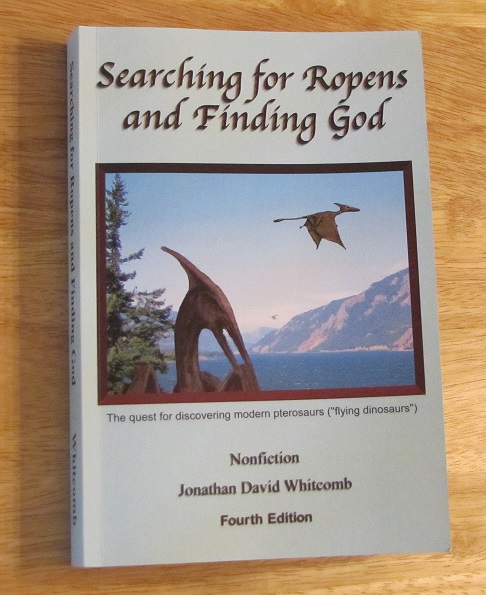
Nonfiction Searching for Ropens and Finding God paperback by J. D. Whitcomb
From the back cover of this astonishing book:
A handful of Americans have explored remote jungles in Papua New Guinea, searching for living pterosaurs, called by most Americans “pterodactyls.” . . . This resulted in the publication of several books, two scientific papers in a peer-reviewed journal, and over a thousand blog posts . . .
.




